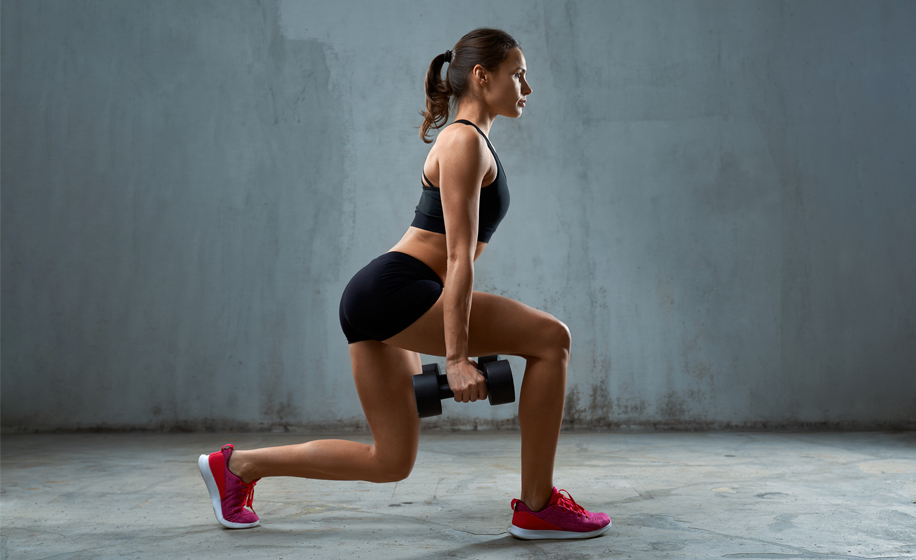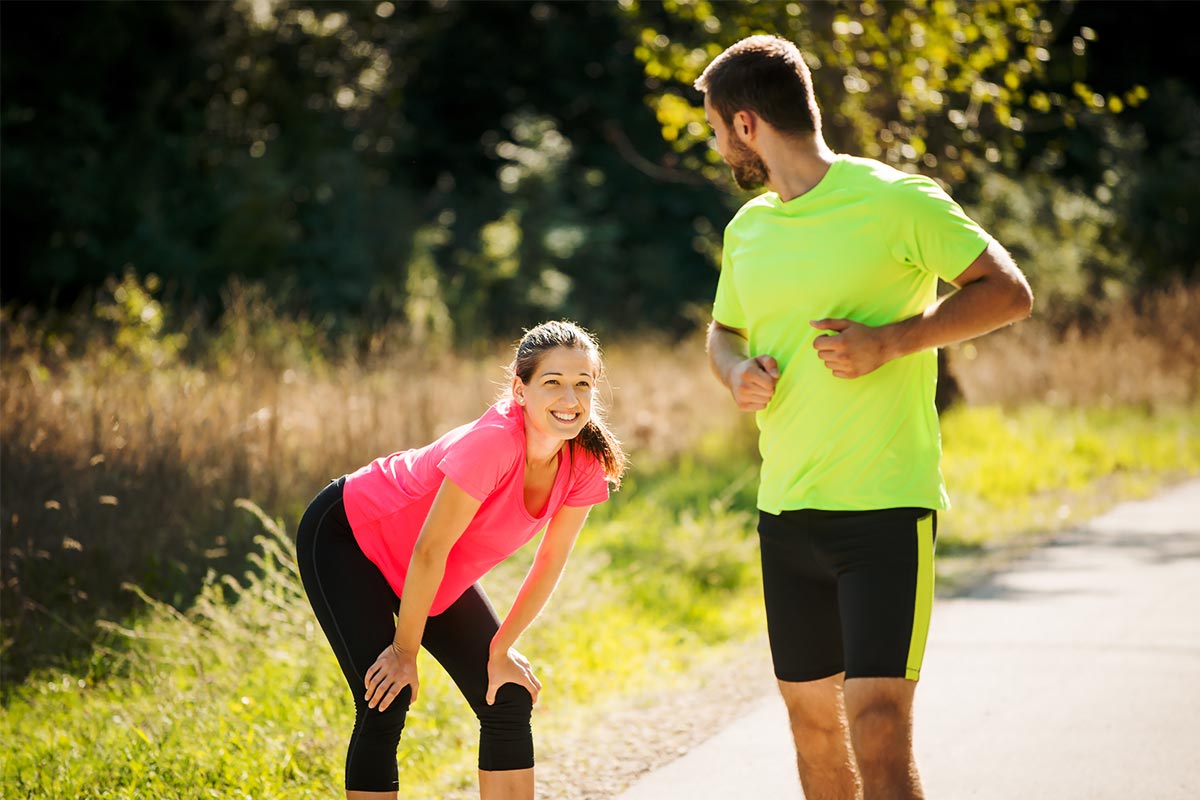Our Blog

The Right Way to Squat

Squats are known to vary slightly and many people are simply unaware of the way to squat correctly. It is worth noting that squatting is a boon for improving posture and healthy joints. Squatting if done correctly helps in building and strengthening hamstrings, quads and glutes. However, many people do not know the difference between the right and wrong way to squat. Thus, it is important to make people aware of the mistakes they commit while squatting.
Wrong way to squat
Incorrect lowering towards 90 degrees
While squatting it is necessary to understand that the floor will help in engaging in glutes and no exercise is incomplete without any full range of motion. It is also important to understand if the buttocks barely touch the box, then it is good to do push ups and not deter them.
Arching back
While arching back, many people make the mistake of putting the entire weight on lower back and increasing the chances of risk injury. It is natural to ensure a “S” shaped structure while arching back.
Repeatedly doing same squats
Many people unaware of squatting repeatedly do the same wrong squats. This is done by regularly switching the foot positions. By doing this many get deprived from the versatile benefits that squatting can offer.
Taking the knees behind the toes
Knees should not pass the toes while squatting. Many unknowingly try to put their whole weight on toes and knees. This also leads to problems in knees and instead of minimizing knee pain increases it.
Right way to squat
It is extremely crucial to ensure that squatting is done in the right way. This will not only be beneficial to the human body and helps in preventing serious injuries.
Correct set up
Although there is no standardized way of correct set up since the stances vary for each individual. It is advisable to prevent risks of squat by ensuring that the toes are slightly turned out between. The turning range should vary between 5 and 15 degrees. It is natural to understand that the shoulder back and spine are neutral and chest remains open. It is also important to ensure that the hands are clasped in the chests for proper balance.
Squat
The squat is moved and sent by the hips by sitting back on an invisible chair. It is essential to ensure that lower back is kept neutral. The controlled movement is possible only if the chest is lifted in a controlled movement. Try to press heels and stand back to a starting position. Additionally, also get thighs and help in leaning parallel to the floor. In case mobility allows, further lower your back. It is important to remember that the buttocks should be correctly placed under the rib cage.
Correct squat form
- With toes facing frontward, always try to stand in a manner such that the buttock width is narrower than the feet.
- Try to press the knees open and always bend the knees such that the buttocks can be driven backwards.
- While keeping the heels and toes on ground, please sit into a position of squats.
- Knees are inclined towards 90-degree angle in order to gradually reach parallel.
- Return into a straight position and always press into the heels.
Steps of squatting correctly
- By keeping the hip width apart stand straight. Place your hands on buttocks and widen your feet and stand by keeping the feet distant from each other. Remember that buttocks should be narrower than the feet.
- Keep your stomach muscles tight. Once you are standing then try to lift the chest lightly. It is vital to understand that one can exhale by trying to pull navel back. Gently try to pull the shoulders back and allow the abdominal muscles to pull back. Keep the pelvis and spine area stable.
- Try to sit in an invisible chair by lowering down. Thus, it is better to bend backwards by lowering onto a seat behind you. It is also essential to understand not to collapse your chest or move your shoulders forward. Do not put much pressure on your knees and avoid standing erectly.
- Pressing the knee outward but keeping oneself aligned is also the right way to squat.
- While trying to lift your back, always keep your legs straight. Once you are glued to the floor then always try to squat and drive towards the ground. Return to the initial position as you rise up.
- It is vital to repeat the three steps at least ten to fifteen times. Do remember to stretch the arms in front for extra balance.
Risks of squat
Undoubtedly squatting has many benefits if done correctly. However, at the same time there are certain risks faced by those who are squatting wrongly.
- Knee aches- Squatting can sometimes be risky for those who are not concerned about the impact it brings on the knees. People who squat with improper positions such as moving the knees horizontally and vertically at the same time are calling for a major disaster.
- Shoulder injuries- Incorrect squatting can injure your shoulders. Therefore, one must be careful while trying to turn your back and rolling down. Moreover, one needs to raise the bar through padding. Balance the bar by keeping it in contact with the body. It is worth remembering that always pull your elbows downward and stretch your hands forward.
- Getting stuck is common while squatting. Always try to avoid using a squat cage or a power rack. It is also necessary to dump the bar level towards the back. Also try to keep the number of pins in the rack high such that they remain below the bar.
- Back injuries- Too much of bending forward and leaning might be injurious to the back. Never try to keep the barbell on the neck. There are fair chances of ankle extension while squatting, therefore it is necessary to reduce weight while squatting.







